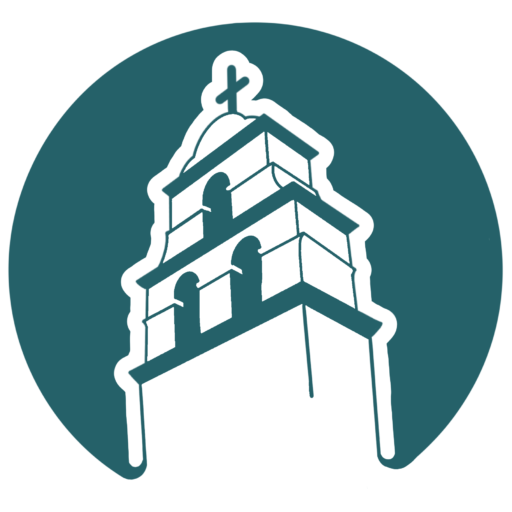There are no schools inside Vatican City for the few children living there, and they a%end schools in the neighboring City of Rome. Vatican schools consist of about 15 Pontifical universities located mostly outside the boundary of Va”can City and also in Rome. They are higher education ecclesiastical schools that have been given approval by the Pope. Those colleges, institutes and universities offer courses mainly in theology, philosophy, and the Canon Law of the Church. They also train young seminarians and the ordained from all over the world for jobs in the clergy. The degrees that are awarded from these institutions are prerequisites to certain offices of the Catholic Church, such as bishop, canon law lawyer and judge. Many of these educational institutions also serve as a residence for the students pursuing their theological degree and most are associated with particular countries in the world. Pope Pius IX in 1855 expressed his interest for American leaders to establish a national seminary in Rome for the formation of candidates from the United States. He stressed the unique lessons to be learned in Rome: the unity and universality of the Church, the traditions of our faith, and the ministry of the successor of St. Peter. Consequently, the North American College began in 1859 in a former convent, the Casa Santa Maria, near the Trevi Fountains. That building now is the residence for American priests pursuing graduate studies in Rome. Pope Leo XIII granted the College pontifical status in 1884 and it became known as the Pontifical North American College. The College was closed during World War II and afterwards it became too small for the growing number of U.S. seminarians. The American Roman Catholic bishops had earlier in 1926 purchased land in Rome on Janiculum Hill overlooking the Va”can. That site was put under the extraterritorial jurisdiction of the Vatican. The U.S. bishops authorized the construction of a new seminary complex on that hill and it opened in 1953. Originally designed to hold 300 students, the College now only accommodate about 250 due to conversion of some space to faculty apartments and offices. In 1953 there were 4 faculty members and now there are 22. In the late 1980s enrollment was around 120, in 2006 it was 150, and now enrollment is full at 250. This is due partly to the increased number of dioceses in the United States from 101 to 178. Usually it is bishops who choose who will study in Rome. Several student can also come from other countries like Canada or Australia. A new 10 story building for the College known as “The Tower” was constructed and connected to the existing building in 2013. It added state-of-the-art, brightly-lit classrooms, a new chapel, soundproof practice rooms, a reading room with a 360 degree view of Rome, new offices, a large meeting room and two guest apartments for vocational directors or visiting North American bishops. A gift of $8.5 million by James & Miriam Mulva of Bartlesville, Oklahoma got the $40 million project rolling which included improvements to the existing building also. The tower has made seminarians more enthusiastic and that has attracted and encouraged many others to want to study there. Courses have also been added on counseling, parish administration, and social issues. Cardinal Parolin has said that being in such close proximity to the Holy Father “is not taking anything from the local Churches, but is giving them more strength and more energy in the task they are performing.”
Sources: pnac.org, catholicnewsagency, insidetheva”can.com, catholicphilly.com
